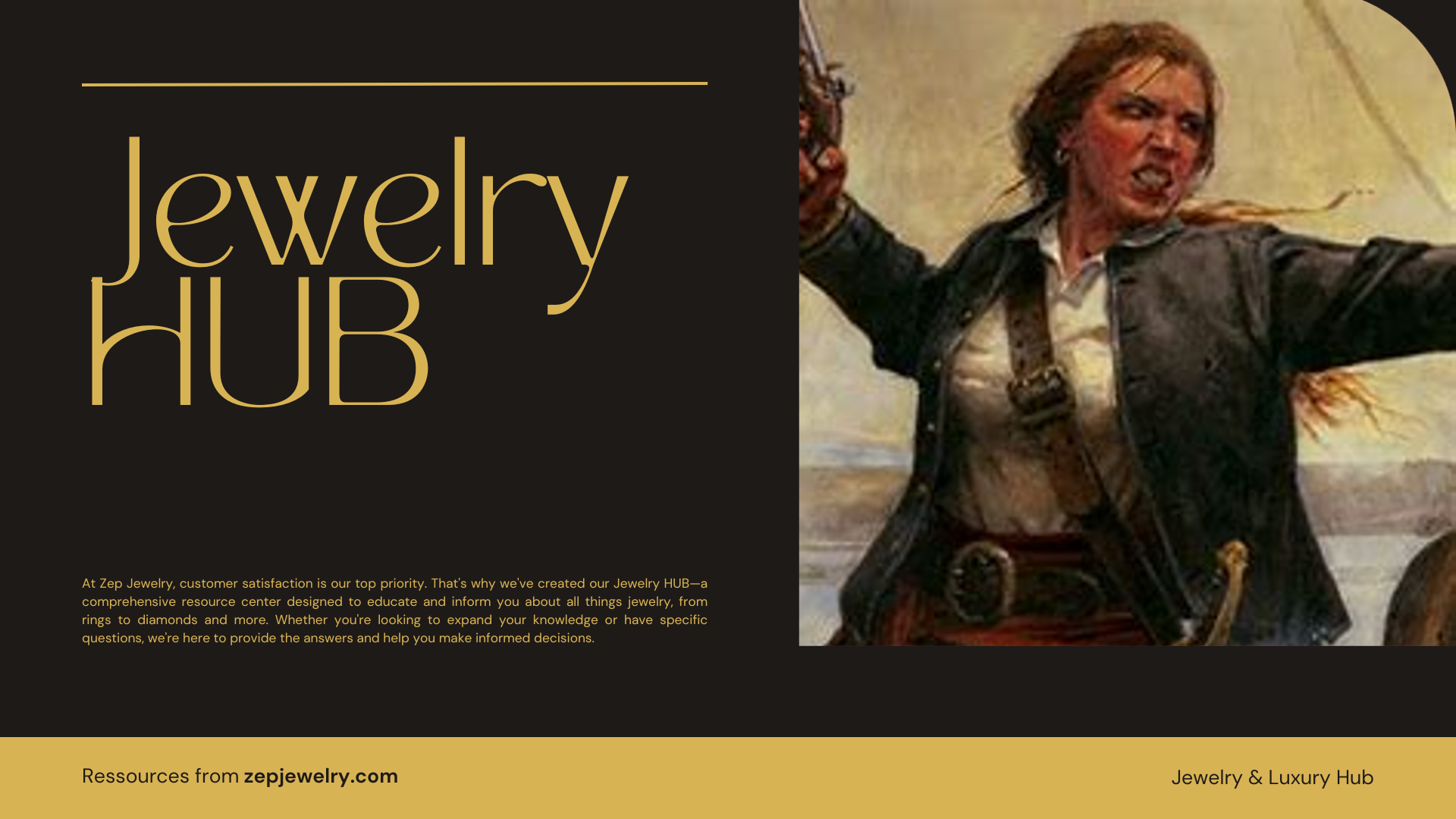What do a fierce 18th-century pirate and a modern anime character have in common? Enter Jewelry Bonney, a captivating figure who takes inspiration from the notorious Anne Bonny, a woman whose name echoes through the annals of piracy. Just like the real-life buccaneer, Bonney embodies an indomitable spirit and a thirst for adventure, challenging societal norms and defying expectations. While many pirate tales revel in brutality, Jewelry Bonney’s character reveals a multi-dimensional personality, infusing the pirate lore with a refreshing depth that invites us to reconsider the stereotypical narratives surrounding these nautical rebels.
Who is Jewelry Bonney based on, and what is her historical connection?
Jewelry Bonney is inspired mainly by Anne Bonny, a legendary female pirate from the 18th century who is renowned for her fierce independence and uncompromising spirit. In the world of “One Piece,” Bonney’s character mirrors Anne Bonny’s tenacity and rebellious nature, showcasing a blend of traits that highlight their shared affinity for adventure and defiance of conventions. Unlike many portrayals of pirates, which often lean into ruthless stereotypes, Bonney’s character brings depth and compassion, illustrating a nuanced perception of what it means to be a pirate.
Anne Bonny’s legacy is not just a footnote in history but serves as a critical backdrop for Jewelry Bonney’s adventures in “One Piece.” Her spirit of rebellion resonates deeply with the broader themes prevalent in pirate culture, such as freedom and self-determination. For example, while Anne Bonny is often remembered for her tumultuous and often romantic escapades, Jewelry Bonney is depicted with a playful yet fierce demeanor, including her penchant for gluttony—a unique trait that adds a humorous twist to her character. This representation challenges the traditional archetype of pirates, who are frequently depicted as solely aggressive and ruthless.
The connection between the two Bonneys enriches the narrative of “One Piece,” allowing fans to explore deeper themes of loyalty, friendship, and the pursuit of freedom amidst chaos. Furthermore, Anne Bonny’s historical partnerships with other female pirates demonstrate the often overlooked roles that women played in piracy, paving the way for characters like Jewelry Bonney to emerge. This historical parallel allows for a more authentic exploration of female representation within modern storytelling, particularly in anime, where complex characters are increasingly celebrated.
Overall, the dual legacy of Anne Bonny and her fictional counterpart highlights the transformative power of storytelling and the ways in which historical figures impact contemporary narratives. Jewelry Bonney embodies this interplay of history and fiction, inviting audiences to appreciate the multifaceted nature of piracy while igniting discussions about identity, morality, and the meaning of freedom in both historical and fictional contexts.
How does Jewelry Bonney’s character differ from Anne Bonny’s historical persona?
While both characters share a rebellious spirit, Jewelry Bonney’s depiction contrasts significantly with Anne Bonny’s lifestyle. Anne Bonny was known for her ruthless behavior and promiscuous reputation; however, Jewelry Bonney exhibits compassion, as seen when she saves Zoro from peril. This complexity adds depth to her character, as she navigates the pirate world with a blend of gluttony and empathy, challenging traditional pirate stereotypes and enhancing her narrative role.
What significant themes are reflected in Jewelry Bonney’s storyline as compared to Anne Bonny’s life?
Jewelry Bonney’s story highlights themes of loyalty, friendship, and the complexities of piracy, which stand in contrast to Anne Bonny’s tumultuous life characterized by betrayal and violence. Bonney’s interactions and her deep bond with her adoptive father, Bartholomew Kuma, showcase a nurturing side often overlooked in pirate lore. These themes emphasize the transformative power of storytelling in representing female figures in piracy, contrasting with the harsh realities faced by Anne Bonny.
In what ways does Jewelry Bonney challenge traditional representations of female pirates?
Jewelry Bonney embodies a blend of innocence and ferocity, challenging the traditional portrayals of female pirates as merely ruthless or seductive figures. Her character reflects the dualities of childlike innocence alongside the responsibilities of adulthood, showcasing a complex moral code. In doing so, she offers a more nuanced understanding of female empowerment in piracy, positioning herself as a representative of women who have navigated the rough waters of pirate mythology.
How does Jewelry Bonney’s backstory contribute to her motivations as a pirate?
Jewelry Bonney’s backstory, which includes suffering from Sapphire Scales and being cared for by Kuma, provides a foundation for her motivations in piracy. Her desire to reunite with her father fuels her journey, infusing her character with a personal stake in her adventures. This emotional depth gives her a unique perspective on the pirate code, driving her to balance morality amidst chaotic circumstances. Her experiences shape her beliefs about loyalty and justice within the pirate realm.
What impact has Jewelry Bonney’s character had on the narrative of “One Piece”?
Jewelry Bonney’s character significantly enriches the narrative of “One Piece” by blending historical inspiration with creative interpretation. Her presence in the story highlights the importance of female representation in piracy, bringing to light the often-overlooked stories of women in historical contexts. By integrating her personal battles and deep emotional connections with characters like Kuma, Bonney adds layers to the overarching themes of identity, freedom, and the quest for family, ultimately contributing to the series’ depth and complexity.
How does Jewelry Bonney’s character reflect cultural themes of freedom and rebellion?
Jewelry Bonney’s rebellious spirit mirrors the broader cultural themes associated with piracy, such as freedom and defiance against oppressive systems. Her indulgent lifestyle, marked by gluttony, symbolizes the excesses often found in pirate lore, while her defiance against the World Government emphasizes her fight for agency and justice. Bonney’s actions challenge conventional expectations within the pirate archetype, illustrating that rebellion can take many forms, from assertive action to compassionate choices in the face of adversity.
